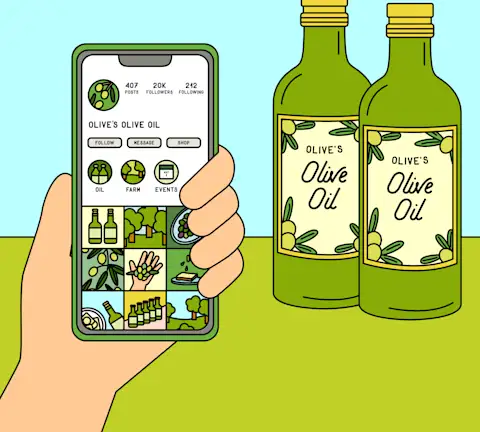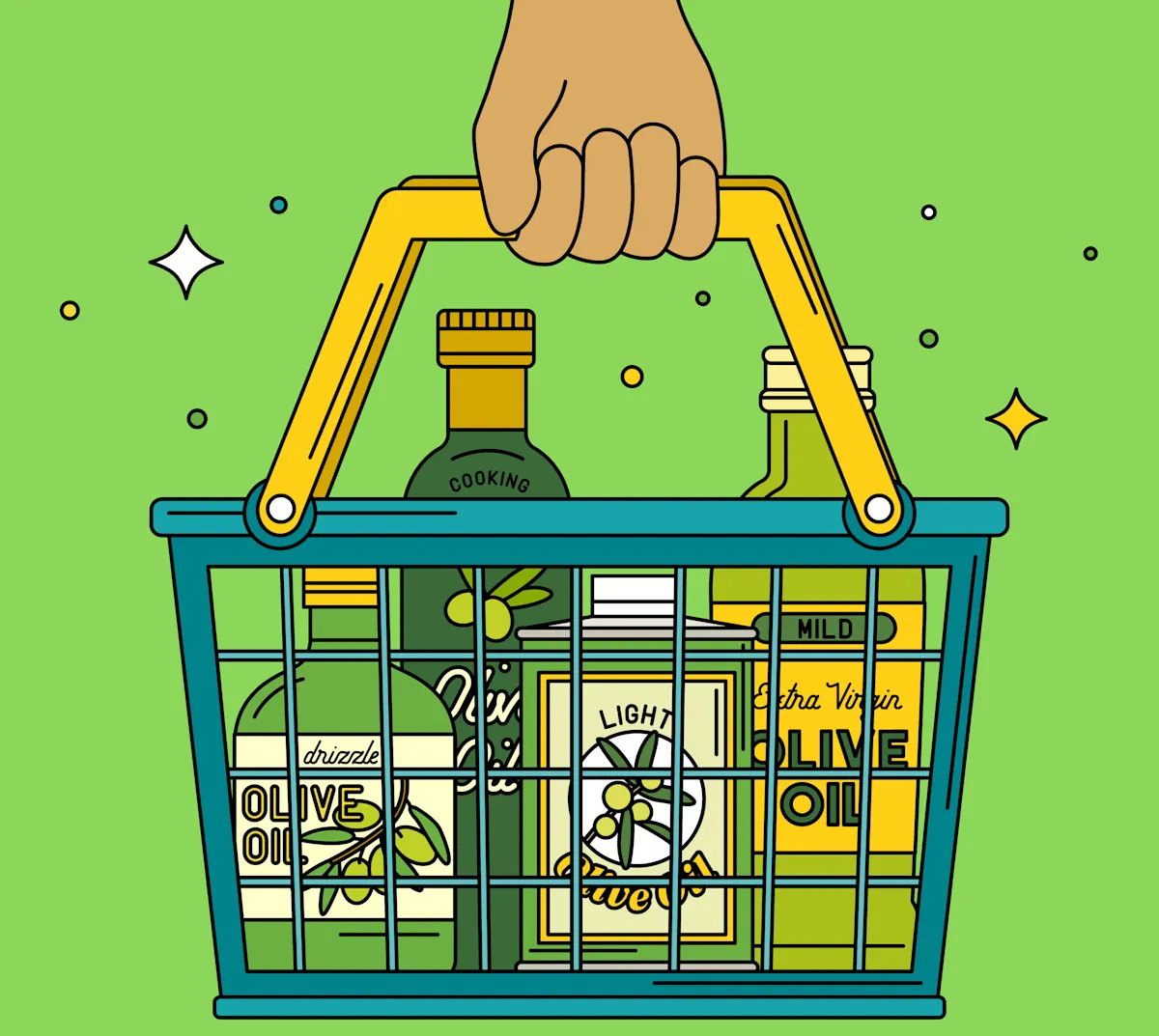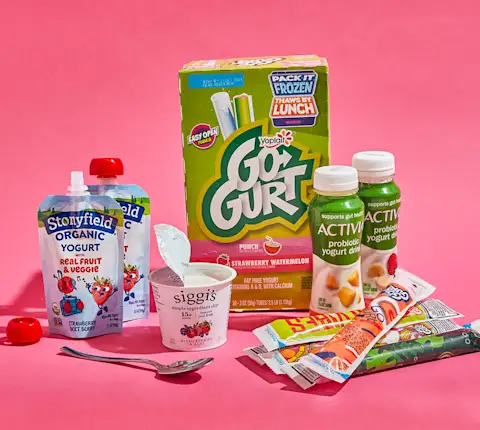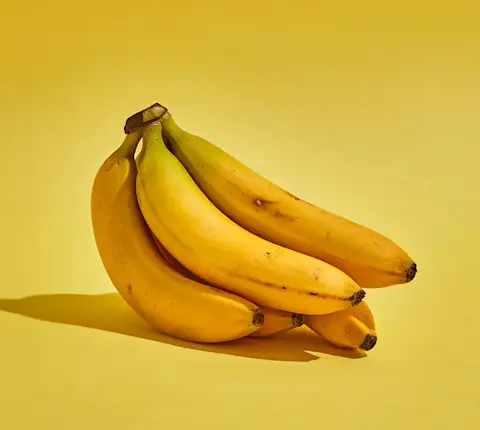*This article includes mentions of merchants or brands who are partners of DoorDash, and DoorDash may receive a commission if you choose to make a purchase from these merchants or brands.
Olive oil is a pantry staple, a culinary powerhouse, a foundation of the Mediterranean diet, and steeped in thousands of years of history (there’s an olive tree in Israel that recently celebrated its 4,000th birthday).
Yet it’s understandable to look at the packed olive oil shelves in your grocery store and have no clue where to start. I worked in the olive oil industry for more than a decade, and I, too, have often found myself overwhelmed. I fell in love with olive oil at New York’s Fairway Market, where my mentor Steven Jenkins, who now owns the import company Olive Oil Jones, taught me to swig straight from the bottle to taste the “good juice.” Together, we helped launch the inaugural New York International Olive Oil Competition. After Fairway, I traveled to olive groves and mills in Greece, Italy, and Spain to learn about the delicious, deep-rooted world of olive oil.
It helps to know a little bit about how olive oil is made to understand its measures of quality. The simplest explanation is that olive oil is produced by pressing olives to extract their juice. The details matter so much because “all olive oil ultimately is coaxing complex flavors from harvest and pressing — there are no other ingredients,” says David Yourd, a former olive oil importer.
The fruit itself is instrumental in the final product. The way it gets handled, pressed, bottled, and transported — often from halfway around the world — also matters. The qualities of superb olive oil are fruitiness (this can also include vegetal and grassy notes), pungency (a tickle at the back of your throat), and bitterness (which comes from the fresh olives).
Alexis Kerner, founder of the Olive Oil Workshop in Seville, Spain, says there is no tried-and-true way to gauge the quality of an oil just from looking at a bottle. “Unfortunately, we just can't be completely sure unless we have tasted it or have some knowledge about the producer, the importer, and even the retailer,” she explains. A useful analogy here is selecting a bottle of wine.
But there are some ways to make informed decisions. Here’s how to go about the process.
Shop GroceryOpt for extra virgin.
There are three different grades of oil on supermarket shelves: extra-virgin olive oil (abbreviated as EVOO), virgin, and pure. Extra-virgin is the cream of the crop.
“The very first thing I look for on the label is ‘Extra Virgin Olive Oil,’” says Kerner. To be considered extra virgin, the oil must be extracted mechanically from olives, have an acidity of less than 0.8%, and be free of defects like rancidity or mustiness. Extra virgin olive oil is not chemically altered in any way. Even though it is the highest grade, the quality, aroma, flavor, color, style, and price can vary significantly from one bottle to another.
Virgin oil is slightly lower in quality than extra virgin, with higher acidity and lighter color and flavor. Olive oils labeled “pure olive oil, “light olive oil,” or simply “olive oil” are usually refined olive oils — which means they go through a manufacturing process to remove unwanted flavors and aromas. The result is a mild, bland product, lacking the flavor complexity and health benefits of extra virgin olive oil. They’re not necessarily bad, but they are different — and used for different purposes.
Freshness is key.

Olive oil is a fresh product, even though you find it on the shelf. For a really good olive oil, the first thing to look for is a harvest date, which surprisingly few bottles brandish. If it’s there, it’s a great sign that the maker cares that you experience their product at its peak deliciousness. If not, you’ll have to go by the expiration date. Olive oil doesn’t go bad right away, like milk, but it does slowly degrade over time, losing its nuances and becoming rancid.
In the northern hemisphere, the olive oil harvest happens in October and November. This means if you're looking for the freshest bottle, you'll want the harvest date listed on the label to be from the previous year, or ideally, two years tops. Anything earlier than that indicates an old bottle — unlike wine, olive oil doesn’t get better with age.
Another tip is to “choose a dark bottle, a tin, or — best yet — a bag-in-box,” Kerner urges. “These formats will help reduce oxidation and degradation of the oil.”
Consider the context.

Just as wines are made from different grape varietals and grown in many different regions, olive oils are pressed from different kinds of olives and grown all over the world. Some olive oils work better for certain purposes than others.
“Just like with wine, we need to determine prior to purchase how you will be using the oil,” Kerner explains. “Are you using it for everyday cooking, making dressings, on vegetables, in cakes?”
I cook with a basic olive oil, but I save my favorite, often splurge-y bottles for finishing and drizzling, where I can really taste its bright flavors. (Pro tip: Good olive oil is my secret to an excellent salad.) Another guideline is to save powerful oils for rich dishes where they won’t get lost, and more mild oils for quieter flavors, where the nuances can shine through.
Understand different styles.

There are more than a thousand olive varieties — or cultivars — including heavy hitters like Spanish Picual, Italian Leccino, Greek Kalamata, and Californian Mission. They each bring their own unique flavor profiles.
Yourd will reach for an Arbequina, “a softer oil with green banana and fruity notes,” to use with “delicate vegetables or lighter fish, or to drizzle on ice cream.” In contrast, he says, “A Picual will stand up to big, flavored veggies like tomato, meats, and more robust flavors. If you choose your oil correctly, you can really raise the complexity of the dish.”
Do some research online or go to an olive oil tasting to get a better sense of what styles you like.
Find what you love.

Experiment and bring a sense of curiosity with you. “I would recommend enjoying the process of choosing an olive oil,” Kerner urges. “Get to know the producer. Many have Instagram, websites or have won awards.” It’s fun to follow along as they tend their groves, press their olive oil, and bottle their product.
“A rule of thumb is: trust your source,” Yourd advises.
“Choose a reliable retailer or supplier that can answer basic questions about the olive oil," Kerner says. “Let loose, have fun, experiment with your purchase.” You might even try a swig straight from the bottle.
Shop GroceryPHOTO CREDIT: Illustrations by Sam Twardy






